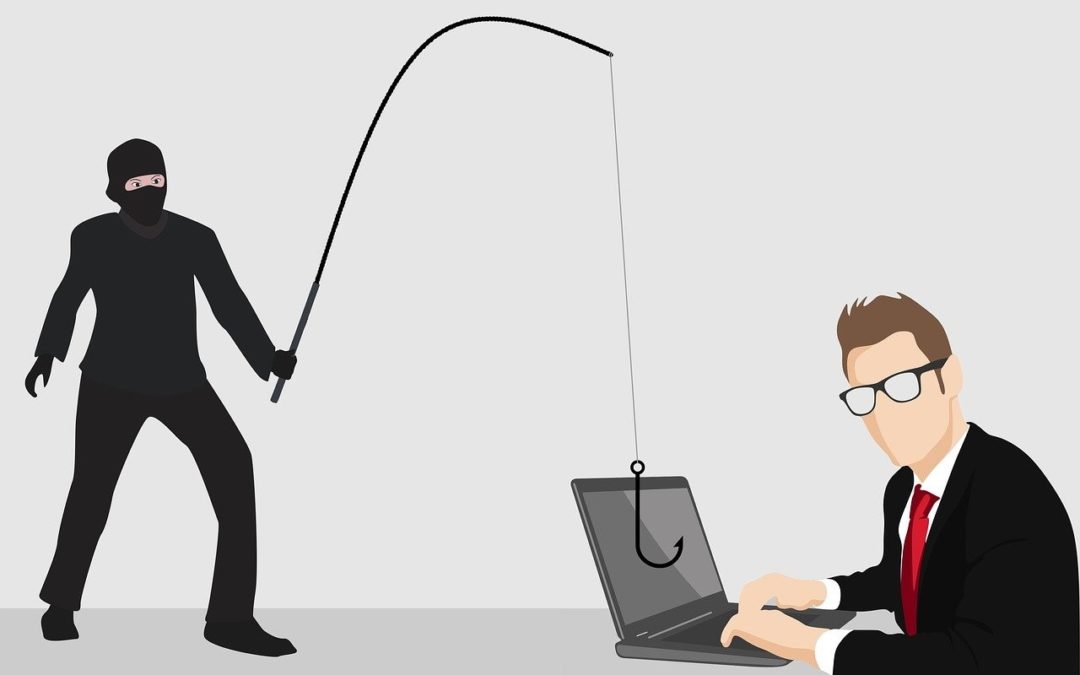Phishing and Prevention
A phishing attack , also called Phishing , is an email that encourages people to give personal informations .
It uses the image of any trust structure for malicious purposes , these attacks are unpredictable.
here are the ground rules to respect when you are faced with this kind of email:
- The sender’s email address is strange … caution !
- The website address has nothing to do with the sender … again caution !
- The forms ask you for personal information such as your login details or your passwords … this is not normal .
Phishing and vigilance
In any case, the best protection remains the vigilance , we therefore advise you:
- Delete any messages that seem strange to you.
- Never open the attachments in emails you don’t trust.
- Do not click on connections
- Never respond to intimidating or threatening emails
- Hover over the link with your cursor to see if it is a legitimate site.
- If you are asked to provide sensitive information, make sure the page URL begins with “HTTPS”.
You can protect yourself against this kind of email by installing antivirus protections and anti spam software on your computer.
For more security within your company: barraudconsulting.com/securite

Dangerous cyber attacks
Phishing attacks often seem innocent: an e-mail from our insurance company with a link to click on to view a payment that didn’t go through… intrigued, you click!
The effectiveness and danger of phishing attacks lies in the fact that they do not exploit a technical flaw in the system, but a flaw in the human mind.
Phishing attempts can target both individuals and businesses.
Being a victim of phishing can have disastrous consequences: identity theft, financial loss…
Be suspicious: Use caution with any suspicious email. Before clicking on a link or downloading an attachment, look for the characteristic signs of phishing. If any of these apply to your email, report them and delete them.
Check before you act: Genuine companies will never contact you to request personal information via email or phone. If this happens, call the company yourself using the contact information provided on their legitimate website to verify everything that is said in an email or call. Do not respond directly to suspicious emails. Always start a new communication via the official company service channels.

